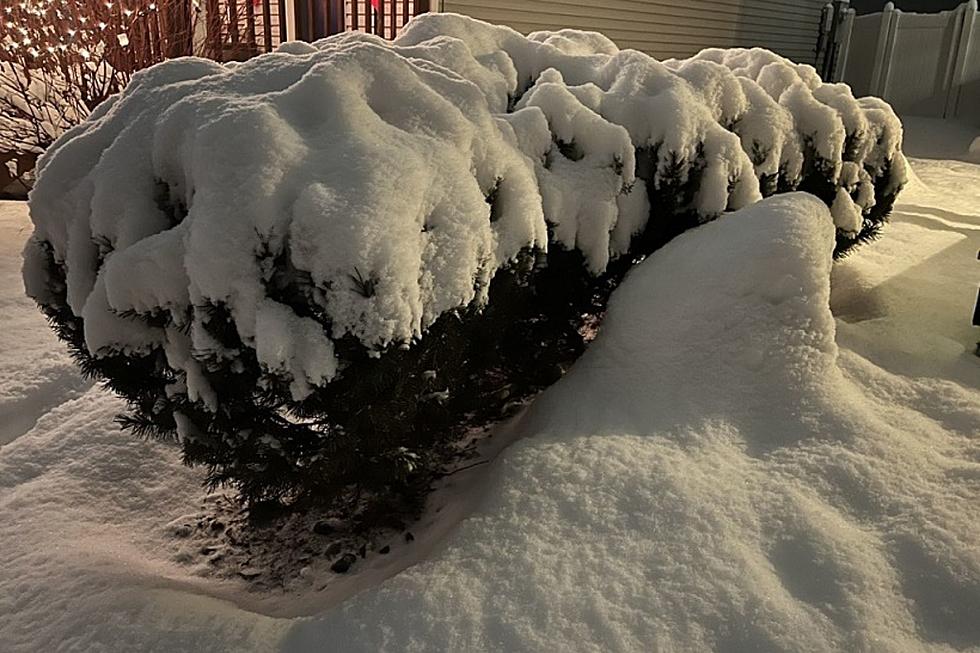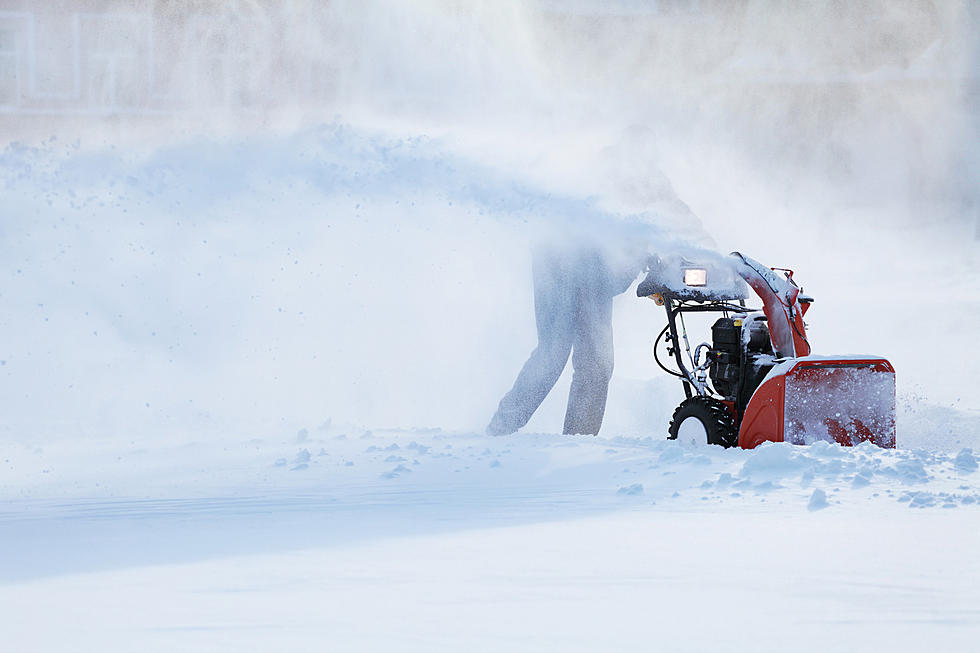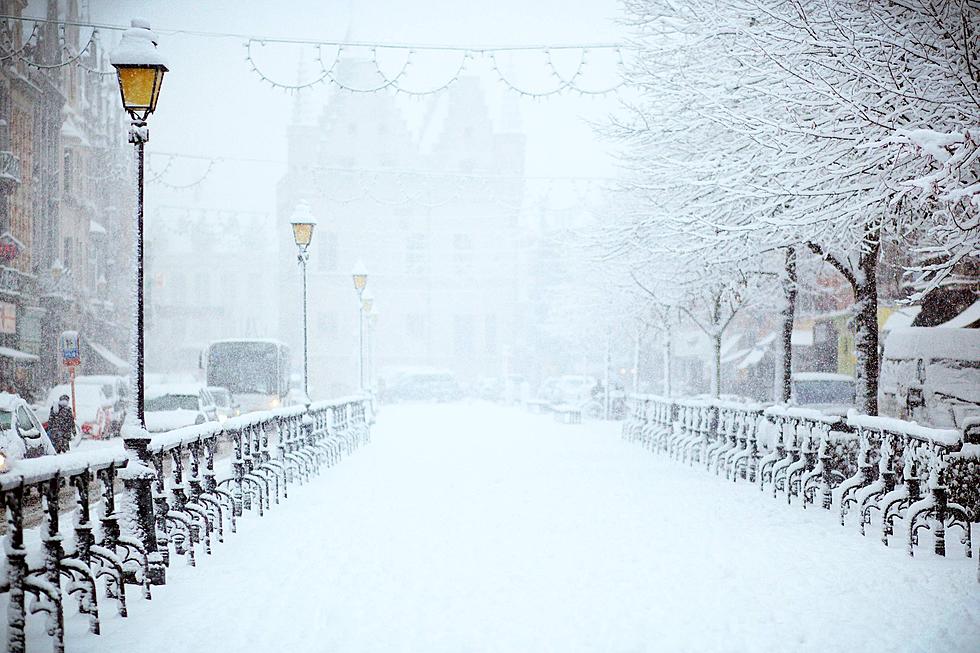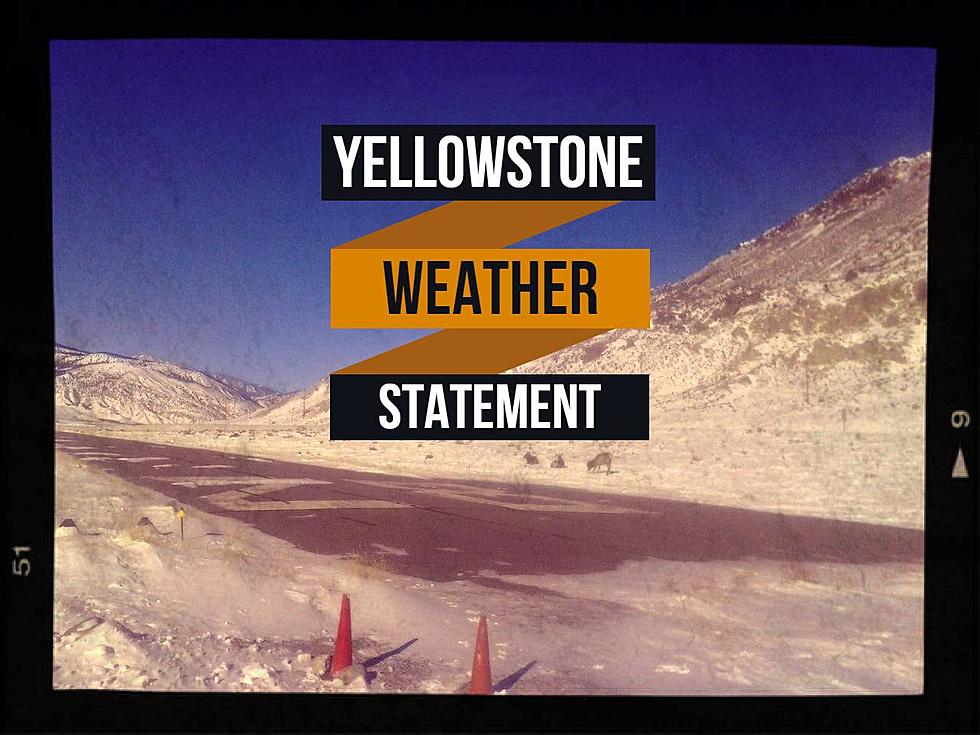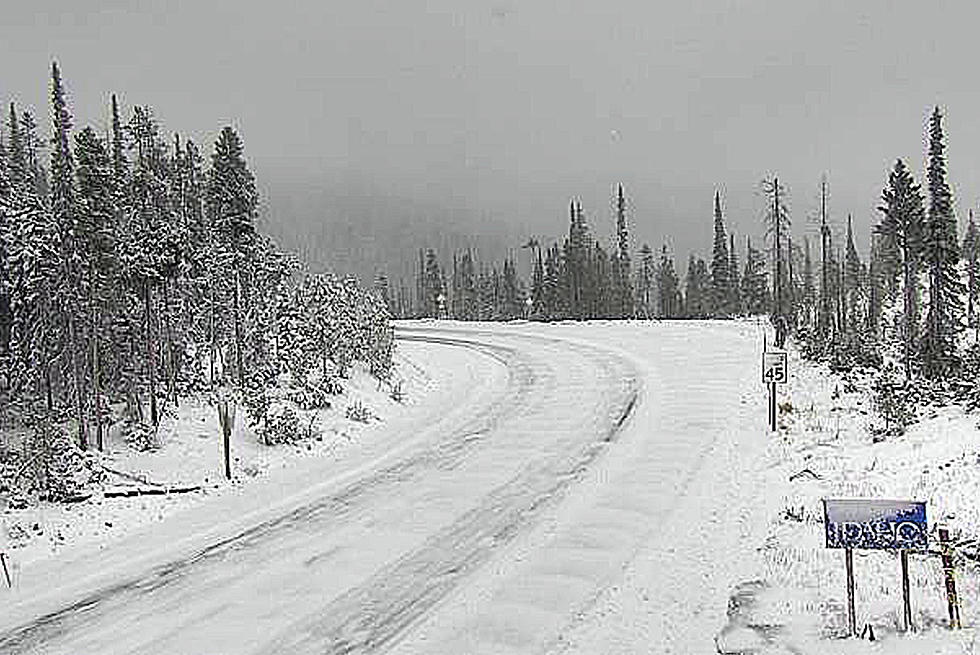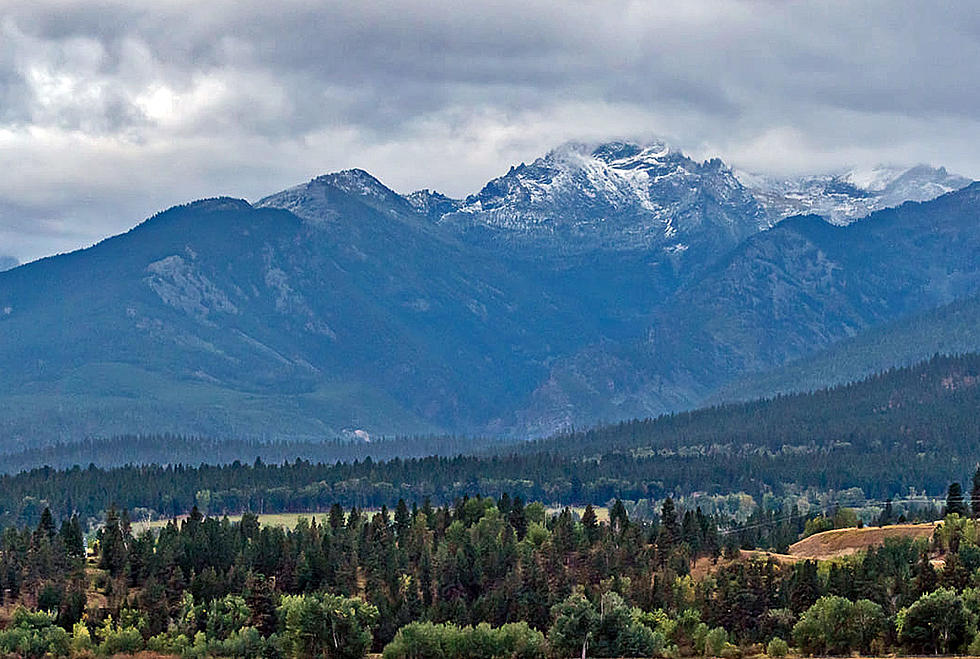
Snow On the Bitterroot Mountains Is Just Visiting
Both Sunday morning (photo above) and Monday morning, the Bitterroot Mountains all the way north to Lolo Peak were capped by the first snowfalls of the fall season. Apparently, other areas of Montana received even more snow, but that weather system is going away, to be replaced by 70-degree temperatures here in the Bitterroot Valley for the rest of the week. The frost warnings of Sunday and Monday will be forgotten as we return to the late summer heat, with highs in the 70s through at least Saturday. Even though the official start of Autumn is Wednesday.
Of course, if you live in Montana, you come to expect that each year's weather will be different from the previous weather year. And 2021 is no exception. The hot, dry weather has taken its toll on rivers, streams, and reservoirs. A report from Trout Unlimited noted that Bitterroot River flow at Conner was only 50 to 60 cubic feet per second. Farther downriver at the other official USGS water gauge at Bell Crossing, the flow was 200 cubic feet per second. Those levels make it hard for the fishing guides' rafts to not scrape their way downstream, instead of floating above the rocks.
The Painted Rocks Reservoir is already almost at its usual winter level (photo below). Specialist Larry Schock kept the water releases in regard to the established plans for the river water level. The amount contracted for fisheries was completed on September 9 and the irrigation contract was fulfilled three days later. For a short time this year, the water went over the dam, but they have been lowering the levels a bit faster this hot year because the inflows to the lake have dropped to about 45 cubic feet per second. It should be at about 60.
And the drought disaster declaration for agricultural interests reached across Montana, all the way to Missoula County, bringing some USDA help to producers there and in the surrounding counties, including Ravalli County.
LOOK: Here are the best lake towns to live in
LOOK: The most expensive weather and climate disasters in recent decades
More From 94.9 KYSS FM
![[WATCH] Try This Handy Trick to Remove Snow and Ice in Montana](http://townsquare.media/site/15/files/2022/01/attachment-RS23561_GettyImages-636602528-scr.jpg?w=980&q=75)
